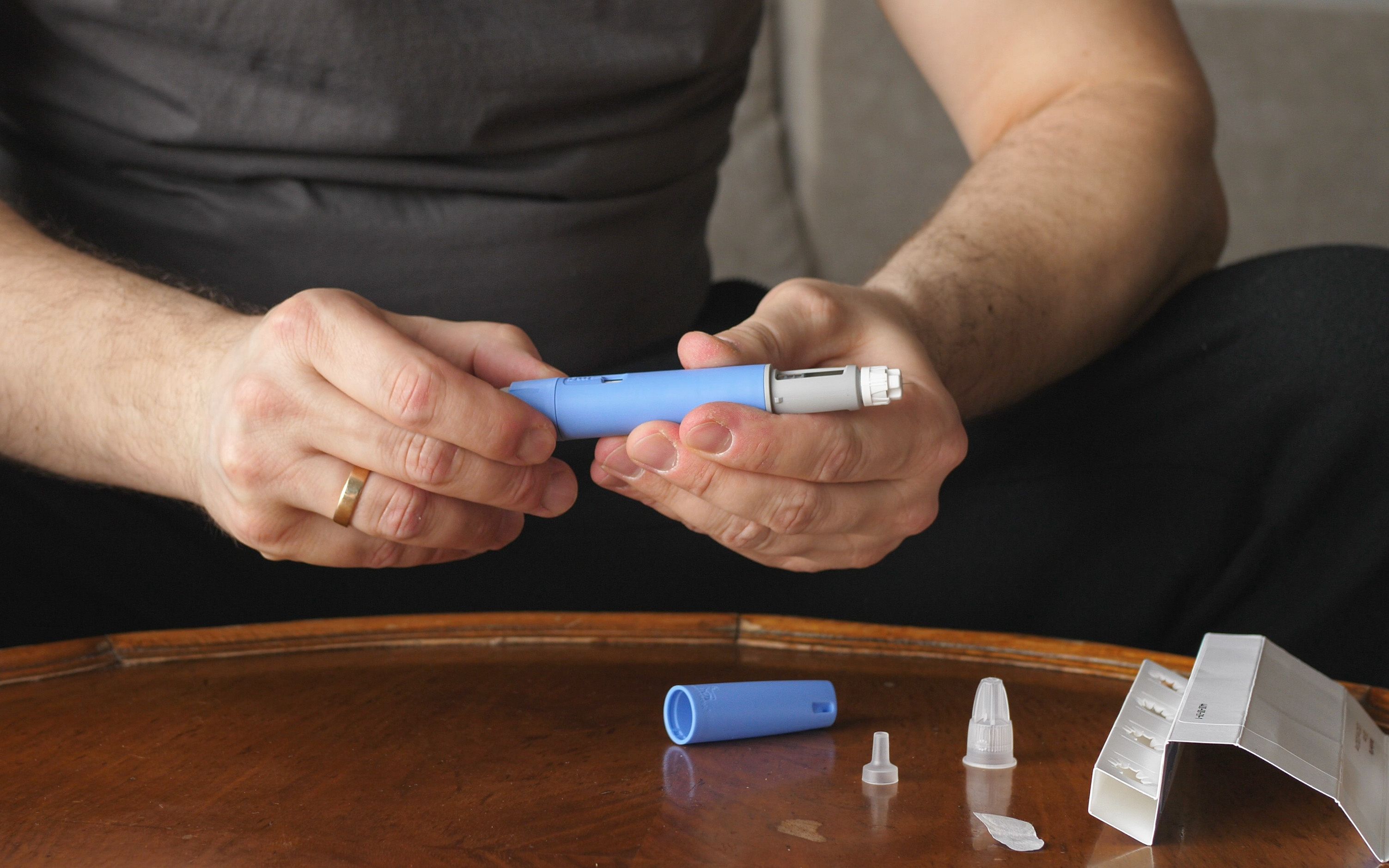- Case-Based Roundtable
- General Dermatology
- Eczema
- Chronic Hand Eczema
- Alopecia
- Aesthetics
- Vitiligo
- COVID-19
- Actinic Keratosis
- Precision Medicine and Biologics
- Rare Disease
- Wound Care
- Rosacea
- Psoriasis
- Psoriatic Arthritis
- Atopic Dermatitis
- Melasma
- NP and PA
- Skin Cancer
- Hidradenitis Suppurativa
- Drug Watch
- Pigmentary Disorders
- Acne
- Pediatric Dermatology
- Practice Management
- Prurigo Nodularis
- Buy-and-Bill
Article
What are Korean facemasks?
Korean facemasks are making their way from Asia to the US with great rapidity.

Dr. DraelosKorean facemasks are making their way from Asia to the US with great rapidity. The single use masks are presoaked in a treatment serum for single use. They can be made of several different types of materials. Non-woven cellulose fibers, similar to those used in single-use face wipes, are the least expensive, but the materials is stiff and has limited delivery capacity. Cotton fibers are less stiff with a slightly better delivery capacity, but the best facemasks are made from hydrogels allowing excellent facial mobility and better delivery capacity.
The facemasks have been developed for a variety of purposes, such as brightening the skin, tightening pores, and minimizing wrinkles. The most effective ingredients are dimethicone and glycerin, which can be augmented with a hero ingredient such as aloe vera, seaweed extract, plant stem cells, etc. to provide marketplace distinction. Dimethicone provides occlusion to the skin barrier while glycerin attracts water to hydrate the skin, a concept discussed to the consumer as “skin plumping.”
The facemasks are printed with a variety of designs, including animal faces, hearts, and vivid colors making them a cult hit among the younger generation. In Korea, young females will wear the flexible hydrogel masks all day since they are comfortable and adhere well to the face. It is interesting to think the masks have become similar to the facial patches, worn during the smallpox era to cover facial scarring, providing a nonverbal source of communication and manner of personal expression.





